Mangurr-jangu:
Teaching and learning with pictures
Mangurr-jangu shares activities and ideas for teaching Aboriginal and Torres Strait Islander languages in schools, community, family and adult learning environments. The activities can be used for any language.
The book has its origins in Central Australia, where the Institute of Aboriginal Development (IAD) published a series of picture dictionaries between 2003 and 2010. As the dictionaries were launched, teachers came together to workshop teaching activities and share ways to use the dictionaries in their language and culture teaching. We are grateful for the generosity of those dedicated educators for sharing their ideas for use by Aboriginal and Torres Strait Islander teachers nationally.
Pictures are a great language teaching resource and are at the heart of this book. An important and valuable part of this project is the compilation of a shared, free and publicly available set of over 1300 black and white illustrations. The collection is called Arlkeny map-akert, archived as ‘AILIB’ - Australian Indigenous Languages Image Bank. The line drawings were carefully created to represent Indigenous cultural topics and contexts. They were used in the IAD Picture Dictionary Series and several other language resources. The subjects of the illustrations are easy to recognise and copy. The illustrators and language communities have granted permission for their use in their language teaching and learning activities nationally. Arlkeny map-akert has been made available on Yaale: Tools for Language Work for easy community access. Download the reference guide for further information.
The title Mangurr-jangu mirlamirlajinjikki was contributed by Warumungu speakers and language specialists Mr Michael Jones, Sandra Morrison and Rosemary Plummer. It expresses the English title ‘Teaching and learning with pictures’. The title can be shortened to Mangurr-jangu.
Mangurr-jangu is pronounced mang-urr-jang-u. Mang (like ‘mung’ bean), rr (like ‘oar’), jang (like ‘jung’ in ‘jungle’), u (like the ‘u’ in ‘put’).
Mirlamirlajinjikki is pronounced mirla-mirla-jinj-ikki. Mirla (like ‘merely’ but substitute ‘y’ with ‘a’ as in ‘father’) repeated, then jinj (like the first part of ‘ginger’) and ikki (similar to ‘icky’ at the end of ‘sticky’).

